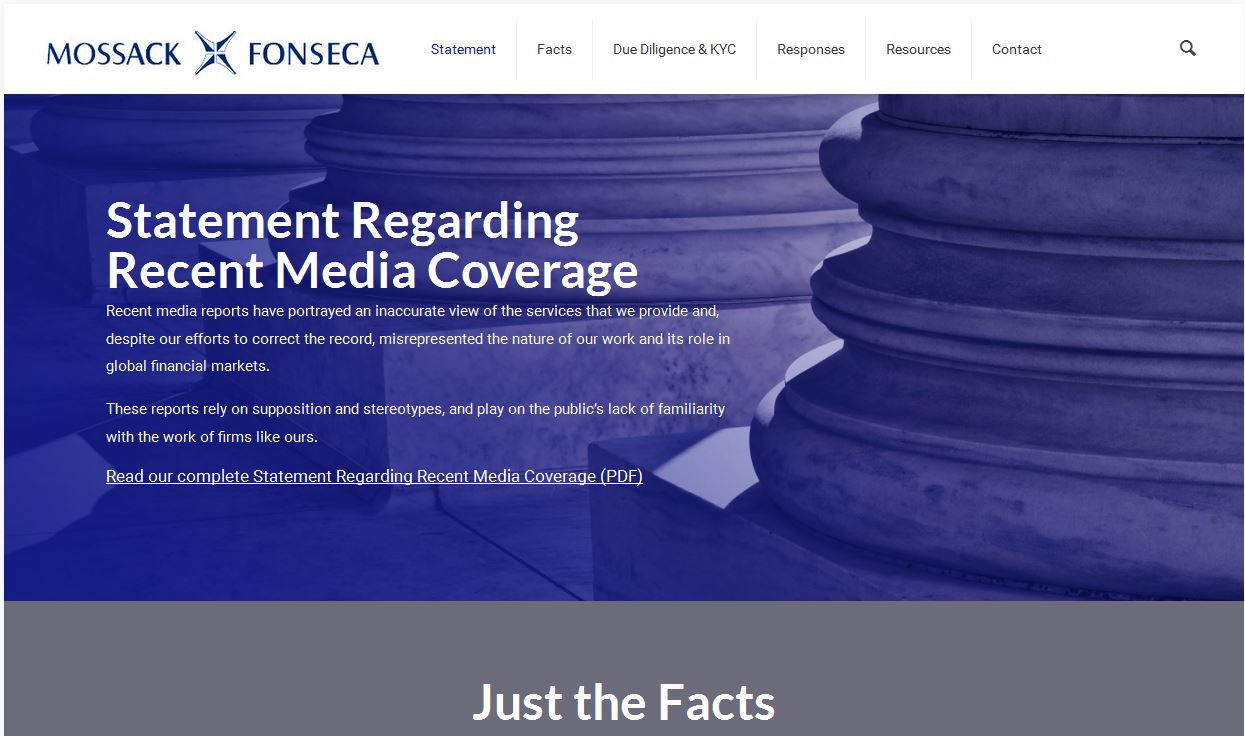This headline recently caught my eye: “University will sue its own student newspaper for reporting on sexual assault case.” Really? I was intrigued because I’ve helped quite a few schools share news about a staff member accused of sexual misconduct. These are difficult cases, due in part to the tricky balance between revealing enough information to protect students, while respecting the rights of employees accused of behavior that could destroy their lives.
It turns out the University of Kentucky (UK) is suing the independent student newspaper, the Kentucky Kernel, to avoid releasing documents related to an associate professor, James Harwood, who resigned after an investigation into allegations of sexual harassment and assault. The Kernel requested both the resignation agreement and the school’s investigative documents. When UK declined to provide the records, the newspaper appealed to the Kentucky Attorney General’s office, citing the Commonwealth’s open records law. According to news reports, the Attorney General ordered UK to release the documents with any identifying information redacted. UK still refused, citing privacy concerns, and is appealing the Attorney General’s decision.
Meanwhile, the student newspaper obtained the documents through other sources and published articles detailing charges filed against Harwood by the Office of Institutional Equity and Equal Opportunity: two counts of sexual assault and two counts of sexual harassment. Harwood resigned before a disciplinary hearing was held.
I don’t pretend to know whether the University will win its appeal but it has already lost in the Court of Public Opinion by picking a fight with its own student journalists and by not presenting a reasonable justification for withholding the documents. In his statement, University President Eli Capilouto says that, “in a handful of very specific cases, we are faced with the decision of whether transparency is more important than the need to protect the privacy and dignity of individual members of our community. It is not.”
He goes on to justify the decision by citing irrelevant examples – patient information, which is legally protected by the Health Insurance Portability and Accountability Act (HIPAA), and student information, which is legally protected by the Family Educational Rights and Privacy Act (FERPA). He also cites the importance of protecting the privacy of victims of violence, but in this case the Attorney General allowed for redacting identifying information.
Rather than protecting students, the University appears to be protecting an employee charged with sexual misconduct. Not surprisingly, that does not sit well with students who filed complaints. They want the allegations made public so Harwood can’t simply continue his behavior at another university. That’s the dilemma for any organization faced with this choice. Protecting someone who is charged with misconduct gives the appearance of guilt by association. In the Court of Public Opinion, only those who have something to hide will cover up for an abuser.
UK is home to the Scripps Howard First Amendment Center, whose mission is “to promote understanding of the First Amendment among citizens of Kentucky, to advocate for First Amendment rights in the Commonwealth and nationally, and to produce internationally recognized scholarship concerning the First Amendment and its related freedoms.” Perhaps the University’s president should pay them a visit.
Meanwhile, the Kentucky Kernel is a finalist for the Pacemaker Award, presented each year for outstanding collegiate journalism by the Associated Collegiate Press. My journalism degree is from the University of Missouri but, this year, I hope UK student journalists take home the prize.



